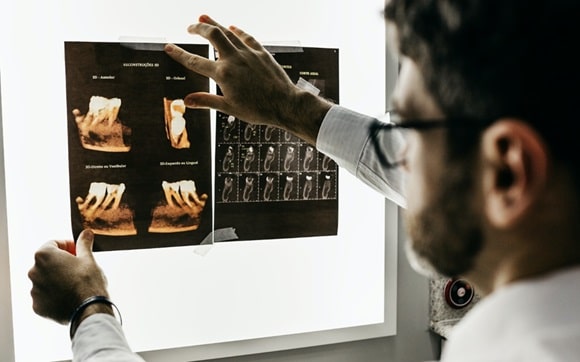Gold, palladium, silver, and platinum have long been materials of choice in dentistry. Each of these precious metals offers a unique blend of properties that can enhance treatments and significantly contribute to the longevity and effectiveness of dental work.
Despite their noted benefits, there are some drawbacks involving both cost and aesthetic considerations. Notably, when such materials become ‘dental scrap,’ they often contribute to landfill waste.
One innovative solution to this dilemma sees dental clinics recouping some investment and supporting environmental sustainability. Companies that offer dental scrap refining lead the charge in this eco-friendly initiative.
This article delves into the advantages and challenges of using precious metals in dentistry while highlighting the importance and benefits of recycling dental scrap responsibly.

Credit: Jonathan Borba via Unsplash
The Composition of Dental Alloys
Each type of metal brings its own set of properties that contribute to the effectiveness and longevity of restorations. These metals are often combined in various proportions, taking advantage of their unique properties to create materials that are well suited for the challenging environment of the mouth.
Gold
Pros: Gold is highly malleable, allowing for precise adjustments and a perfect fit in restorations like crowns, bridges, and inlays. Its strength ensures durability while its resistance to wear makes it suitable for long-term use. It does not corrode, tarnish, or react with oral acids and bacteria, and this makes it a stable and biocompatible material for dental work.
Cons: Gold’s high cost can make it an expensive option. It doesn’t mimic the natural color of teeth, either, which can result in less visually appealing restorations compared to tooth-colored materials. In some patients, gold can cause sensitivity to hot and cold, and if gold is placed next to another type of filling (such as an amalgam) it can result in an uncomfortable galvanic reaction.
Palladium
Pros: Palladium is known for its excellent corrosion resistance and biocompatibility. It possesses good mechanical properties, making it suitable for use in dental alloys for crowns and bridges. Due to its high melting point, it’s useful in the creation of lightweight alloys for coatings with porcelain, providing compatibility with dental ceramics and enhancing aesthetic results.
Cons: Although rare, some people experience allergic reactions to palladium, especially those with a known sensitivity to nickel. Like gold, palladium may also contribute to higher-cost restorations.
Silver
Pros: Silver’s most notable beneficial property in dentistry is its antimicrobial effects, which help to kill off bacteria and prevent tooth decay. When used in compounds such as silver diamine fluoride, it can effectively prevent and halt the progression of cavities, making it a useful non-invasive treatment for tooth decay.
Cons: Silver can sometimes cause the tooth structure to turn grey or black over time due to its tendency to tarnish. Silver amalgam fillings generally require removal of more tooth structure compared to less invasive alternatives.
Platinum
Pros: Platinum offers exceptional strength and rigidity, which is important for dental restorations that need to withstand the forces of biting and chewing. Its high resistance to heat and corrosion makes it invaluable in acidic environments within the mouth. Platinum’s durability and biocompatibility make it an ideal choice for dental applications where longevity is a key factor.
Cons: Platinum is one of the most expensive metals used in dentistry, which can make restorations prohibitive. The availability of platinum and its occasional fluctuations in the market can also potentially impact its use. Though extremely rare, some individuals may be allergic to platinum, which could lead to hypersensitivity reactions.
In Summary
In the world of dental restorations, choosing the right material is a delicate balance; each serves a purpose, yet each carries implications that may not be suitable for every patient.
As dental practitioners seek to provide the best care with these precious metals, they should also remember the potential gains from dental scrap.
